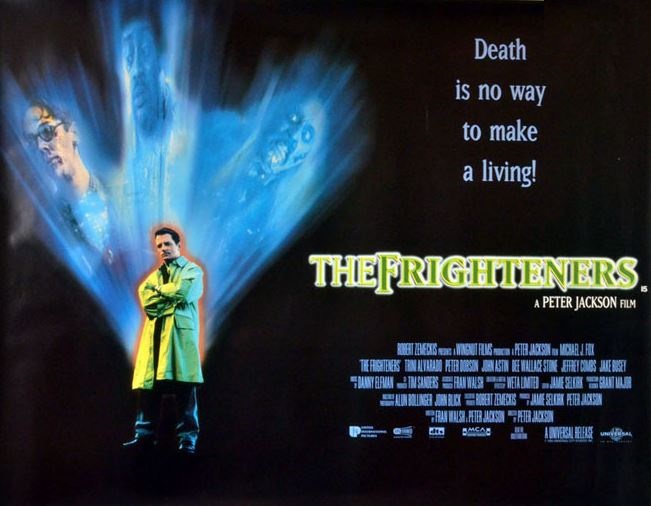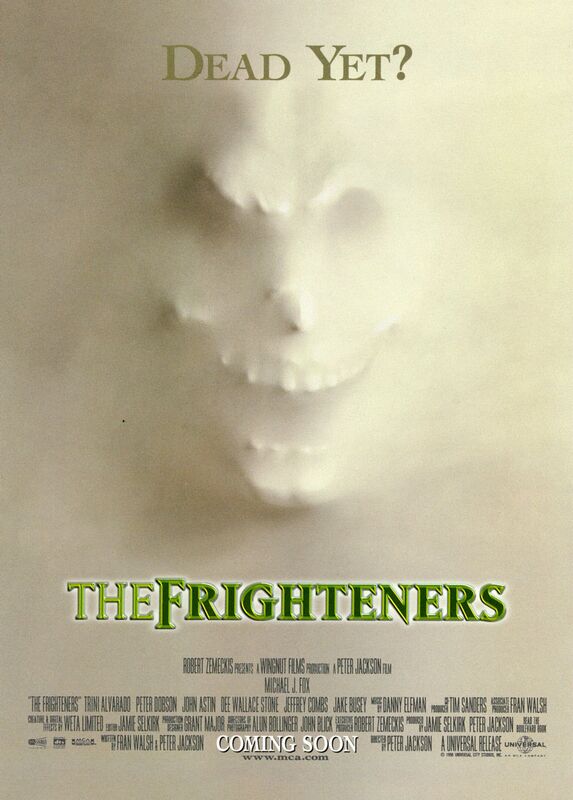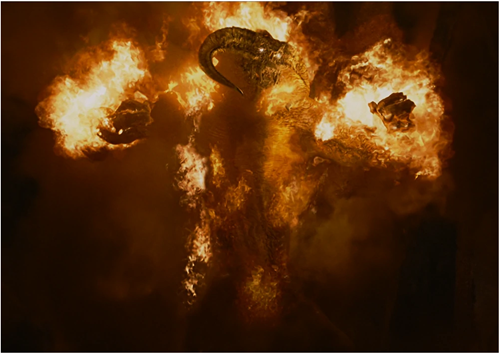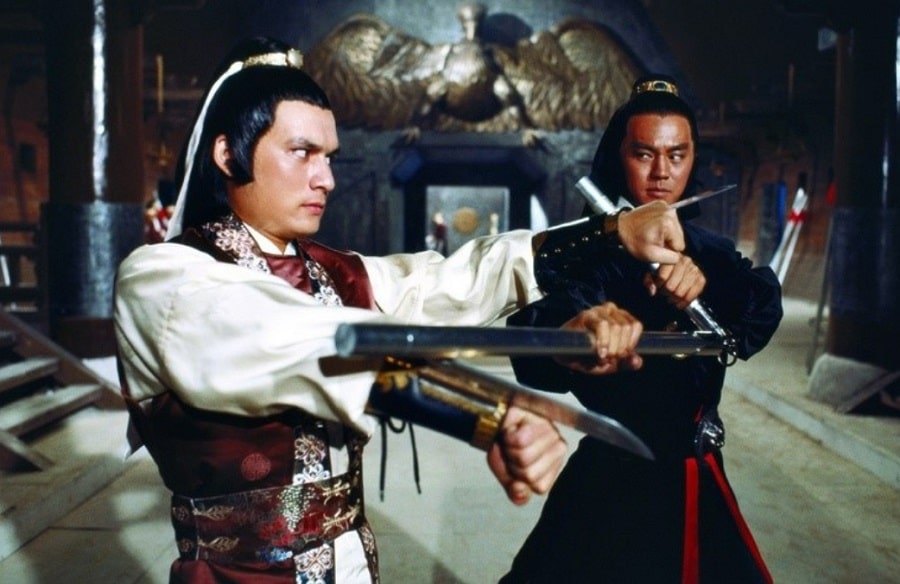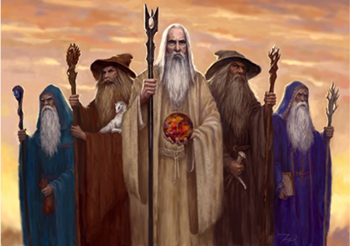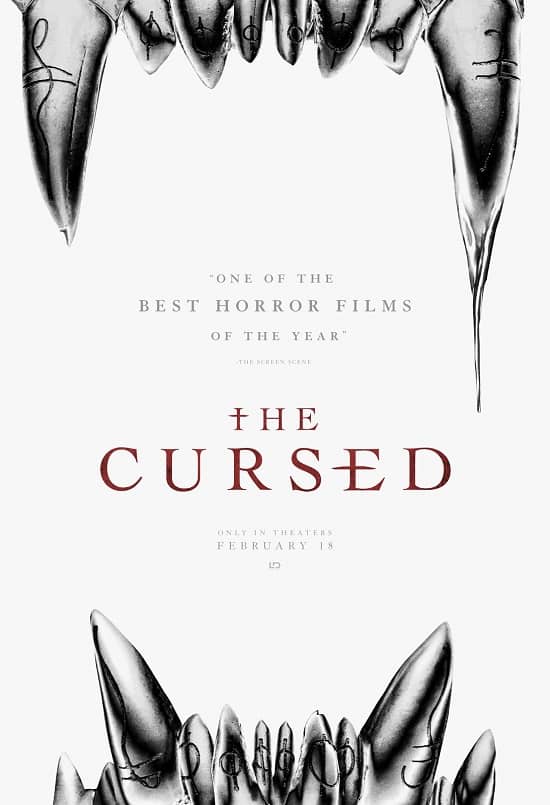Talking The Rings of Power: Miriel
 Talking The Rings of Power continues; wherein I look at something good, and something bad, about one element of the show. Then I talk a lot more about Tolkien’s actual writings about it. THIS SERIES IS FULL OF SPOILERS – related to the show, and Tolkien’s writings. You have been warned!
Talking The Rings of Power continues; wherein I look at something good, and something bad, about one element of the show. Then I talk a lot more about Tolkien’s actual writings about it. THIS SERIES IS FULL OF SPOILERS – related to the show, and Tolkien’s writings. You have been warned!
I’m still working on the Numenor entry, as that Middle Earth version of the Atlantis story is a favorite. This week, I’ll look at Miriel, a tragic figure in The Silmarillion. Hurin, Thrain, Beren, Fingolfin, Miriel – lot of tragic characters in that book.
THE GOOD
Miriel is the Queen Regent of the mighty human nation of Numenor. Her father, Tar-Palantir, is a bit brain-addled and she is ruling in his stead. He dies in the final episode, which will formally make her queen. Though, she’s on a boat, coming back to Numenor, blinded from evil doings in the Southlands.
Cynthia Adddai-Robinson does a pretty good job as Miriel. Miriel is merely Tar-Palantir’s daughter and does not rule at all in The Silmarillion. So, the RoP folks are once again playing pretty free with the storytelling; but not quite fast as usual.
Miriel is haughty, intelligent, thoughtful, and we see her nobility of character. Kind of snotty, which befits a Numenorian, but also representative of the ‘good ones.’ They became a rather bad lot, and I’m sure we’ll see the opposite side of the coin, in Pharazon.
